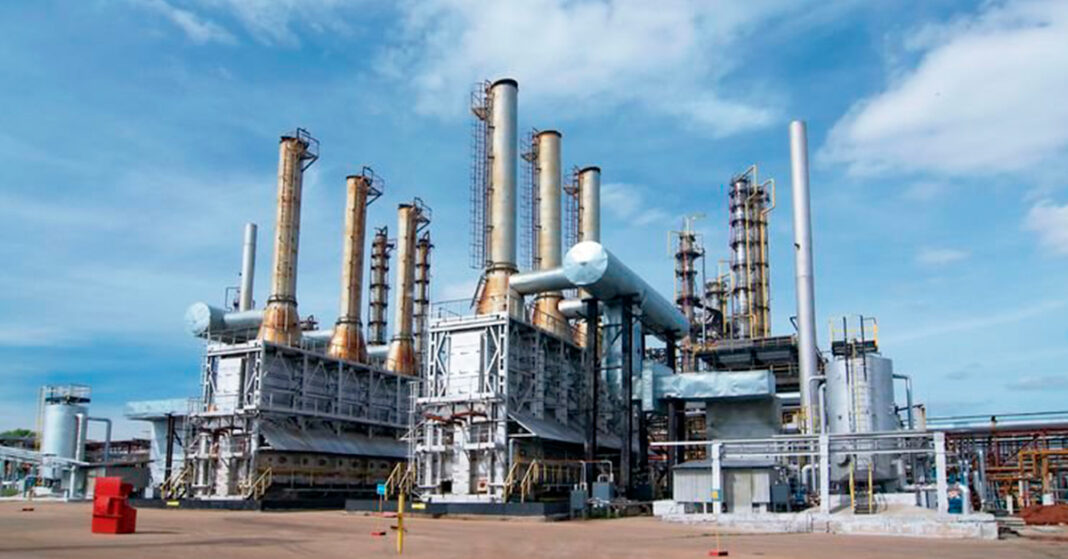Nine months ago Texas suffered a bitter winter storm that caused one of the biggest forced power outages in the nation’s history and the third largest blackout. To explain how this catastrophe came to be, federal officials released a 300-page report
On Tuesday, The Federal Energy Regulatory Agency, reported that the shortage of natural gas during the winter storm in February was primarily the result of the oil and gas industry’s failure to weatherize its systems, causing nearly 60 percent of power outages to occur at natural gas-fired plants.
According to The Houston Chronicle, the storm knocked out 61,800 megawatts of power across the Midwest and South, including 34,000 megawatts on Texas’s power grid — more than a third of the state’s generating capacity.
Ever since the storm, political leaders and industry officials have been pointing fingers, trying to shake off some of the blame. Power companies blamed natural gas shortages, gas producers blamed power outages and Gov. Greg Abbott and other Texans Republicans blamed wind turbine outages caused by freezing rain.
While everyone shares responsibility for February’s events, federal officials concluded that natural gas operators’ equipment freezing up cut off twice as much gas supply as rolling blackouts and downed power lines.
“The (report) highlights the need for substantially better coordination between the natural gas system and the electric system to ensure a reliable supply that nearly 400 million people across North America depend upon to support their way of life,” said Jim Robb, president of the North American Electric Reliability Corp, a nonprofit that sets standards for the power industry, in a statement.
FERC and NERC issued a report in September that recommended power plants and natural gas producers to protect critical equipment from freezing temperatures and reiterated those recommendations after the official report was released on Tuesday.
“The final report on (the February storm) is a sobering analysis that highlights the significant work that needs to be done,” FERC Chairman Rich Glick said in a statement. “The devastating effects of extreme cold on our bulk power system’s ability to operate in 2011 and now, 2021, must not be allowed to happen again.”
The challenge now is to get other companies to make changes to improve their equipment’s resilience to cold weather.
Texas Public Utility Commission, along with the Electric Reliability Council of Texas, have worked on an overhaul of the state’s power market rules to provide incentives for operators to weatherize, as reported by The Houston Chronicle.
At the same time, power companies and gas producers have promoted their weatherization efforts to avoid another blackout.






